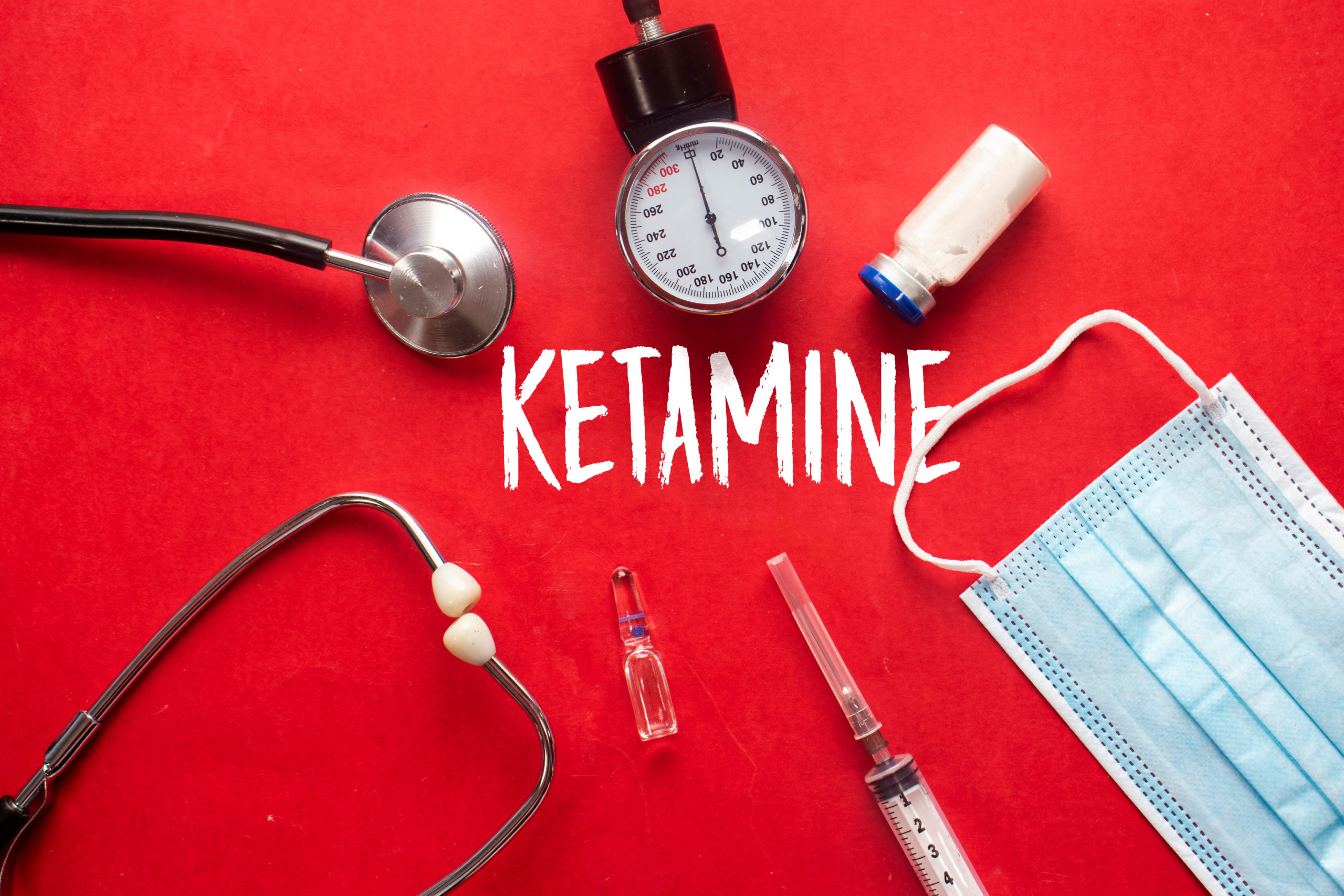For those unfamiliar with the drug, ketamine has traditionally been used as an anesthetic on the battlefield and in operating rooms. In some people, this medication is effective in treating major depression, the leading cause of disability worldwide, and its use is at its peak. Researchers have calculated that 16 million American adults experience major depression every year. In over a quarter of the states, suicide rates increased by over 30% between 1999 and 2016. There is hope that rapid-acting ketamine can be used to prevent suicide.
Ketamine, An FDA-Approved Drug
On March 5, 2019, the Food and Drug Administration approved a new treatment for major depression. This was the first such approval in decades. It is a nasal spray derived from ketamine, a controversial anesthetic whose antidepressant effects have made headlines.
Ketamine’s potential benefits for patients with treatment-resistant depression prompted the FDA to speed up the approval process (meaning that standard options didn’t work). When first given an oral antidepressant and intranasal ketamine, 70% of patients with treatment-resistant depression improved, compared to just over 50% of patients who were not given the prescription (called the placebo group).
Suicidality drops precipitously in those who take ketamine for severe depression and experience symptom relief (life-threatening thoughts and acts). If you’re suffering from depression and anxiety, ketamine may help.
Some people may need to try more than one medication or method before they feel better, and it may take weeks or months for other treatment options for suicidal ideation and depression. This holds for all forms of treatment for depression, such as cognitive behavioral therapy, medication, transcranial magnetic stimulation, and the current high-standard electroconvulsive therapy (ECT), for cases of major depression that have not responded to other forms of treatment.
How Do Antidepressants Work?
According to the serotonin hypothesis, those suffering from depression may have lower-than-average serotonin levels. Accidentally, doctors came up with this theory after observing that patients treated for conditions like high blood pressure and tuberculosis also experienced profound shifts in their emotional well-being while taking these medications. The serotonin levels of depressed patients either went down (which is linked to depression) or up (which is linked to euphoria), depending on the medication. An entirely new category of antidepressants, selective serotonin reuptake inhibitors, was made possible by identifying this mechanism (SSRIs). The pioneering antidepressant drug Prozac.
Although the serotonin hypothesis met with initial success, it soon became apparent that it couldn’t explain all instances of depression. Recent research suggests that the neurotransmitters (like serotonin) that SSRIs target accounts for less than 20% of the brain’s total and that more than a third of those prescribed SSRIs for depression experienced little relief. The remaining 80% can be attributed to glutamate and gamma-aminobutyric acid neurotransmitters.
Seizure disorders and schizophrenia were previously linked to GABA and glutamate imbalances. In a nuanced push-and-pull interaction, the two neurotransmitters set off and halt brain electrical activity. Scientists believe they regulate almost all mental processes, including emotions.
In addition, high-stress levels can alter glutamate signaling in the brain, which adversely affects neurons by reducing their plasticity and ability to communicate with one another.
This means that mental health issues like anxiety and depression make it even harder to deal with the stresses brought on by adversity.
Why Ketamine Is Unique As An Antidepressant?
The exact mechanism of action of ketamine is still being investigated. Because of its unique antidepressant mechanism of action, ketamine shows promise as a treatment for depression.
Ketamine may exert its effects by interacting with the numerous NMDA receptors dispersed throughout the brain. The binding of ketamine to these receptors appears to increase the levels of the neurotransmitter glutamate in the synapses between neurons. Once activated, the AMPA receptor can be stimulated by the neurotransmitter glutamate. Other molecules are released to help neuronal communication along uncharted pathways when NMDA receptors are blocked and AMPA receptors are activated. New synapses, or synaptogenesis, are believed to affect mental states like mood, cognition, and thought.
Ketamine’s effect on mood disorders might be multifaceted. Inflammatory signaling, linked to mood disorders, could be reduced, improving communication between specific brain regions. Multiple simultaneous effects of ketamine are hypothesized and are currently being researched.
Types Of Ketamine
A major depressive disorder that hasn’t responded to two or more antidepressants can be treated with either of two types of ketamine.
- Racemic ketamine is typically administered via intravenous infusion. “IV ketamine” refers to a compound that combines “R” ketamine and “S” ketamine, two compounds that are nearly identical to one another, and is administered intravenously. Its off-label use as a depression treatment is despite the Food and Drug Administration’s (FDA) approval of its anesthetic use decades ago.
- As of March, ketamine (brand name: Spravato) is legal to buy in the United States. Only the “S” molecule is used in this process.
To date, most research has focused on ketamine administered via injection. The effects of ketamine nitrate on brain receptors differ from that of ketamine hydrochloride. Both the route of administration and the type of ketamine used to affect the drug’s effectiveness and its side effects, and neither the efficacy nor the breadth of their potential adverse effects is known as of yet. It is essential to evaluate the benefits and drawbacks of each treatment option.
Side Effects Of Ketamine
Drugs always come with unwanted side effects. When someone is suicidal or severely depressed, the potential benefits may outweigh the risks.
The following are among the potential side effects of ketamine infusion therapy:
- Hypertension of the arteries
- a feeling of nausea and vomiting
- Perceptional confusion
- Dissociation (also called out-of-body experiences); in sporadic cases, a person may experience a sensation of being outside their body and looking in.
- Any perceptual or dissociative changes, if they occur, tend to be at their strongest during the first infusion and quickly wear off afterward.
The nasal spray form of ketamine may have the same side effects. However, the timing and magnitude of those effects vary.
Using ketamine for an extended period or multiple times may cause additional side effects. More research is required to shed light on this topic.
Takeaway
Studies have proven that ketamine can help address depression, but if you consider this option, you should consider a consultation first. Consider contacting and scheduling an appointment with our services in our clinic, A Better Solution Wellness.






